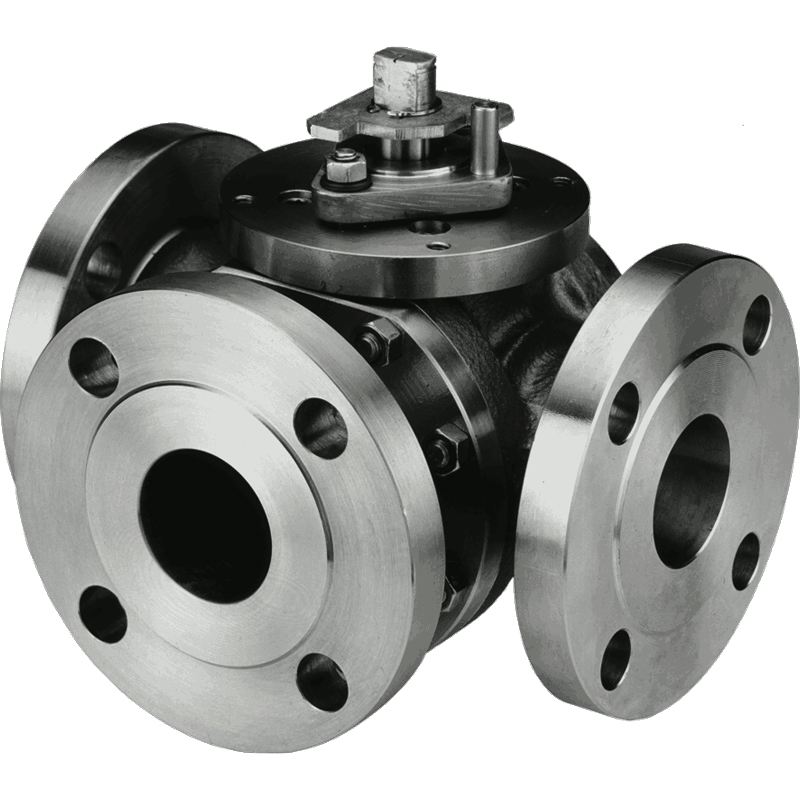Multi-Port 3 Way Ball Valve T Port
Multi-Port 3 Way Ball Valve T Port

3-Way Ball Valve
Specification
| Short Description: | Two-way and three-way ball valves are the most common types of ball valves. Three-way ball valves are especially useful because they can be set up in ways that simplify the control of gas and fluid flow. For example, they can be used to divert the flow of oil from one tank to another. |
| Size Range: | 1/2”~10”(DN15~DN250) |
| Press. Rating: | 150~300LB(PN16~PN40) |
| Connection Ends: | Flange, Butt Weld |
| Operator: | Lever, Gear, Electric, Pneumatic etc. |
| Main Material: | Body Materials: A105 (N), F304, F304L, F316, F316L, F51, Inconel, etc.Ball Materials: A105+ENP, F6a, F304, F304L, F316, F316L, F51, Inconel, etc.Stem Material: 17-4Ph, XM-19, F6a, F304, F316, F51 etc. Seat Material: PTFE, RPTFE, PEEK, NYLON, DEVLON, PPL, PCTFE etc. Spring Material: Inconel X-750, Inconel X-718, SS304, SS316 etc. |
| Standard: | Design: API 6D, ASME B16.34, ISO 14313, ISO 17292Pressure and Temp. Range: ASME B16.34Inspection and Test: API598Flange Ends: ASME B16.5Butt Weld Ends: ASME B16.25,Fire Safe: API 607 |
| Design Feature: | Anti-blow Out StemAnti-fire Safe DesignAnti-static Device Emergency Sealing Automatic Body Cavity Relief Automatic Cavity Relief Optional Locking Device Leakage Rate A |
| Working Type: |
|
| Applications: |
|
Write your message here and send it to us



